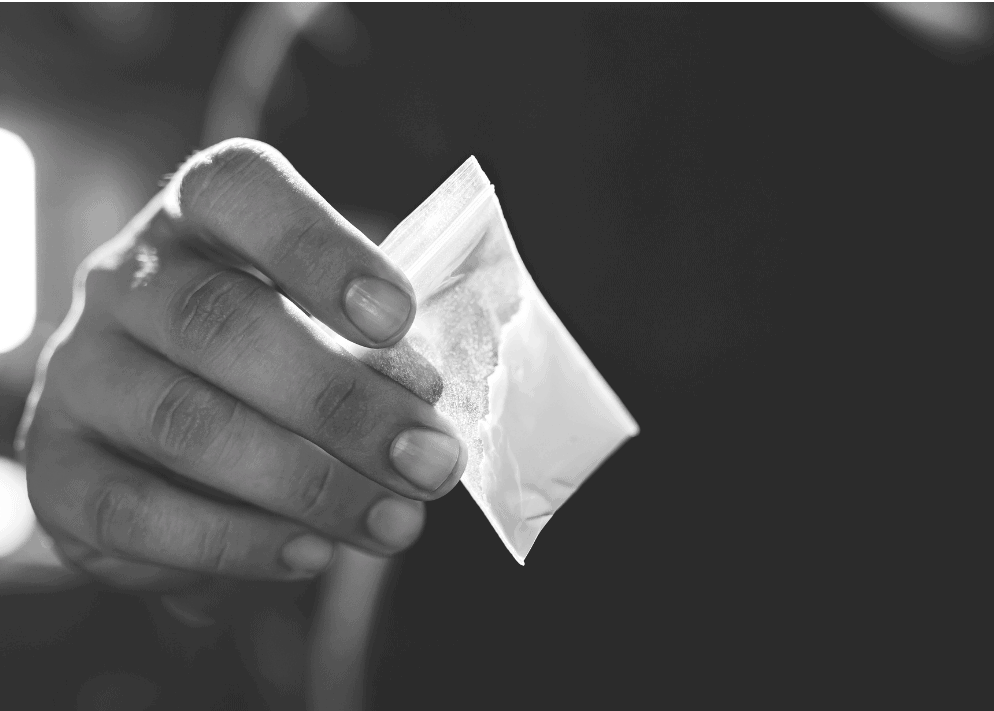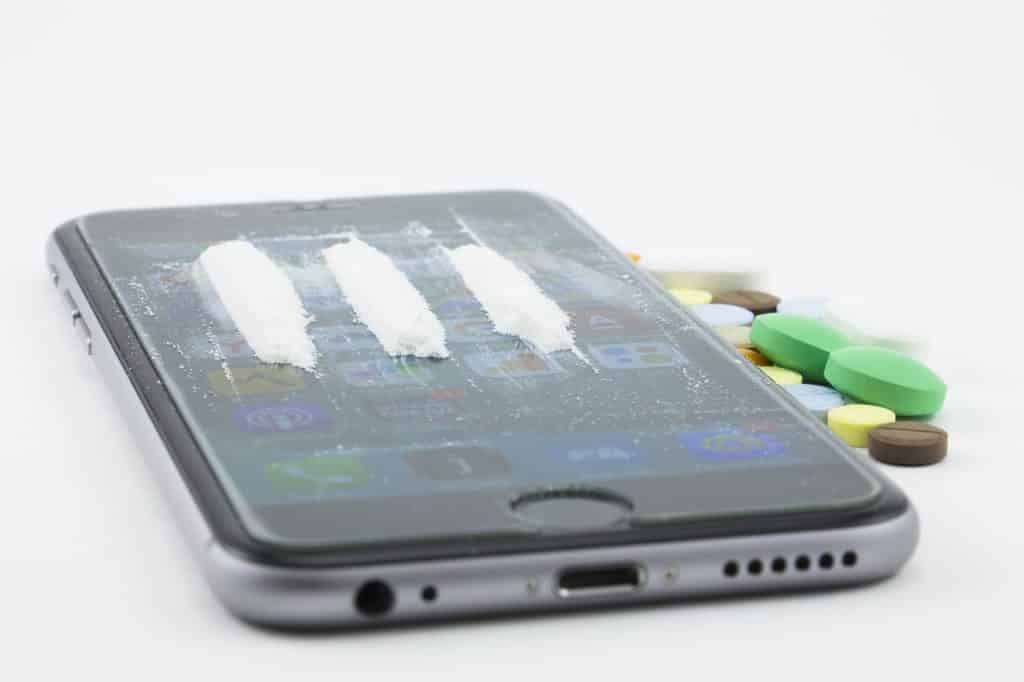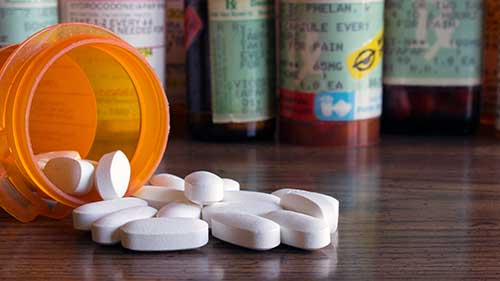As the drug trade is illegal and doesn’t follow any regulations, it is difficult to obtain accurate statistics about global drug trafficking. What we know about international drug trafficking comes from various sources such as government studies, news media, and research papers.
A study on the global drug trade can reveal a lot about the trend of global drug use and how that impacts public health, law enforcement, and other social issues. To make sense of this information, we have compiled a list of the major drug trafficking countries in the world.
1. Afghanistan
The biggest producer of opium worldwide, Afghanistan remains the most significant drug trafficking country. The country is the source of 90% of the world’s illicit opium and heroin. A significant portion of the Afghan economy is dependent on the drug trade. The country is also home to the world’s largest supplier of opium, which is used to produce heroin.
2. Bolivia
The South American country is the source of the world’s largest production of both coca leaves and cocaine. It is estimated that Bolivia produces 10,000 metric tons of cocaine annually. Cocaine is the world’s second most-used illegal substance after cannabis. This is an increase in production compared to the 1990s and 2000s, when the country was responsible for about one-third of the global supply of coca leaves and cocaine.
3. Brazil
For many years, Brazil was considered a minor source of illicit drugs in the world. However, the country has since seen a rapid rise in drug trafficking since the 1990s, particularly with regard to the domestic production of cocaine. Brazil is now the world’s second-largest producer of cocaine after Bolivia, with an estimated production of 2,000 metric tons of the illicit substance annually. Bolivia and Brazil are the only countries in the world where illegal substances are produced.
4. Colombia
The country is the world’s biggest producer of coca leaves, the main ingredient used to produce cocaine. Colombia is estimated to produce 14,000 metric tons of coca leaves, which account for 80% of the world’s supply. In addition to being a major producer of coca leaves, the South American country is also one of the biggest exporters of cocaine.
5. Dominican Republic
The Caribbean country is the world’s biggest exporter of cannabis. The production of cannabis in the Dominican Republic is of notable concern, as the country shares a border with the United States. One of the reasons cannabis is cultivated and trafficked from the Dominican Republic is because it is significantly cheaper and easier. The country’s climate is conducive to cannabis production, and the authorities have failed to regulate it. The Dominican Republic is also an important transit point for cocaine, arriving from South America, as well as synthetic drugs like fentanyl.
6. Laos
The country is the world’s biggest producer of crystal meth, or “ice.” The Southeast Asian country is estimated to produce 40% of the world’s supply of highly addictive narcotics. The high rate of production of crystal meth in the country is attributed to the availability of precursor chemicals needed to produce the substance. In addition to being a major producer of crystal meth, Laos is also a major exporter of heroin. The Southeast Asian country is a source country for human trafficking, particularly women and children. This is fostered by the country’s close proximity to China, where a significant portion of the demand for sex trafficking originates.
7. Mexico
The country is the source of 90% of the world’s illicit cannabis, and a significant producer of heroin. Mexican cartels are the primary actors in the global drug trafficking industry, and the country remains a significant transit point for illicit substances.
The Mexican cartels are most known for their cultivation and trafficking of cannabis. The country is the biggest source of illicit cannabis, producing around 60% of the world’s supply. The country is also a major producer of heroin, with an annual production of 5,000 metric tons. Mexican cartels are closely linked to the cultivation of illicit opium poppies in the country.
8. Nigeria
The West African country is the world’s biggest supplier of cannabis. Cannabis is the world’s most widely used illegal drug. The popularity of cannabis is largely due to its relatively low cost, easy availability, and mild side effects. Nigeria is also a major source of the synthetic drug “ice,” or methamphetamine.
The country is estimated to produce around 500 metric tons of the drug annually. Ayahuasca, an herbal brew that contains dimethyltryptamine (DMT), is also a major drug trafficked from Nigeria. DMT is a synthetic hallucinogen, and Ayahuasca is primarily used in religious rituals.
9. Philippines
The Southeast Asian country is a source of methamphetamine, with an annual production of around 500 metric tons of synthetic substances. Methamphetamine, or “ice,” is a frequently abused synthetic substance. The drug is initially produced in the form of crystals, which are then dissolved in water to create a liquid solution. The Philippines is also a major supplier of heroin, with an annual production of 1,500 metric tons of the substance. The country is home to the Golden Triangle, which is notorious for heroin cultivation and trafficking.
Conclusion
The drug trade is a lucrative business, and it is difficult to eliminate it entirely even if a country is successful in repressing the drug trafficking in their country. One of the reasons why the drug trade is such an extensive operation is because there is a high demand for illicit substances.
These drugs are dangerous for an individual’s health and pose a significant threat to public safety. The global drug trafficking industry is also responsible for the trafficking of humans, particularly women and children, for the purposes of sexual exploitation.
The drug trade is a significant source of income for organized crime, and it fuels corruption in politics. Together, these are reasons why fighting the drug trade is a top priority for governments. Efforts are being made all over the world to put an end to the drug trade and the damage it causes.
Asheville Recovery Center is Here
Fortunately, there are ways to prevent unhealthy behaviors and help those who are already struggling. If you or someone you know is struggling with addiction or mental health, it is important to get treatment. At Asheville Recovery Center treatment specialists utilize a 12-step program and practice holistic rehabilitation.
Services at the center include:
Partial Hospitalization Program – At Asheville Recovery Center we offer a partial hospitalization program for clients who need post-residential treatment as well as for clients who need primary treatment but are unable to enroll in inpatient programs. Our PHP track offers a variety of therapeutic services and benefits to individuals in early recovery from substance addiction.
Outpatient Rehabilitation – During intensive outpatient treatment (IOP), clients live at home or in a sober living residence while completing an addiction treatment program. IOP is a place where clients can process their experiences in twelve-step fellowships and support one another in those individual journeys.
Addiction is difficult to overcome alone. If you feel that you or a loved one is struggling, our specialists are on standby and ready to help. Call and speak with an addiction expert today.








